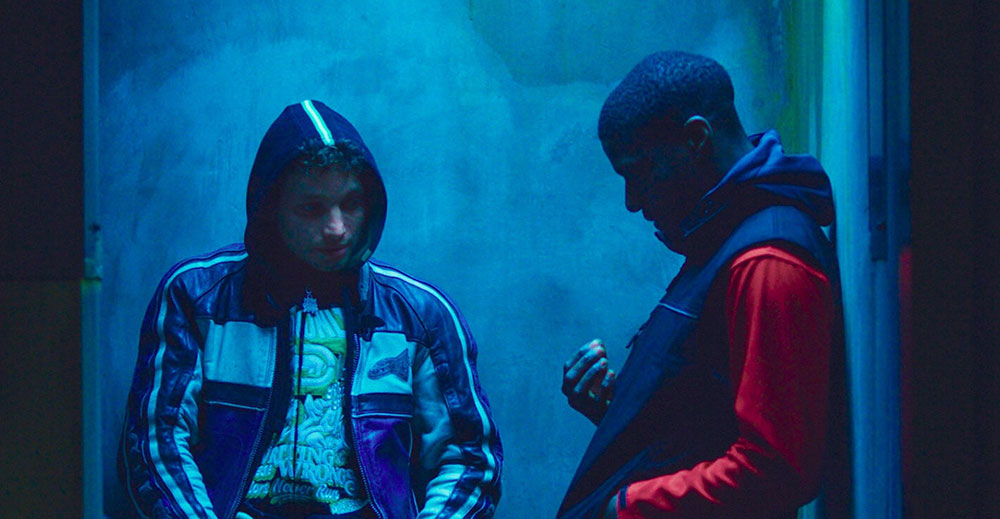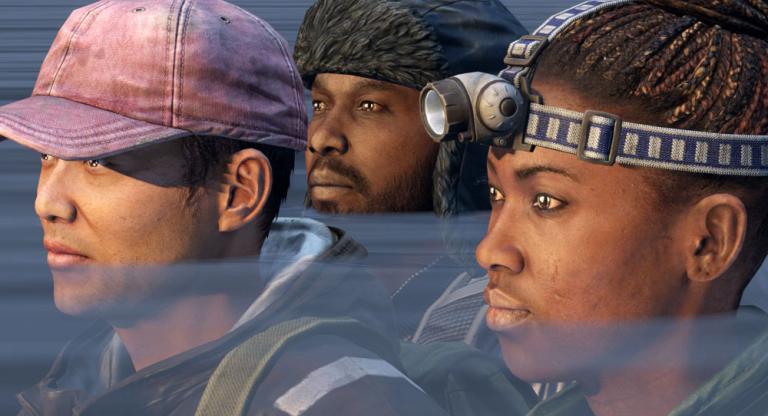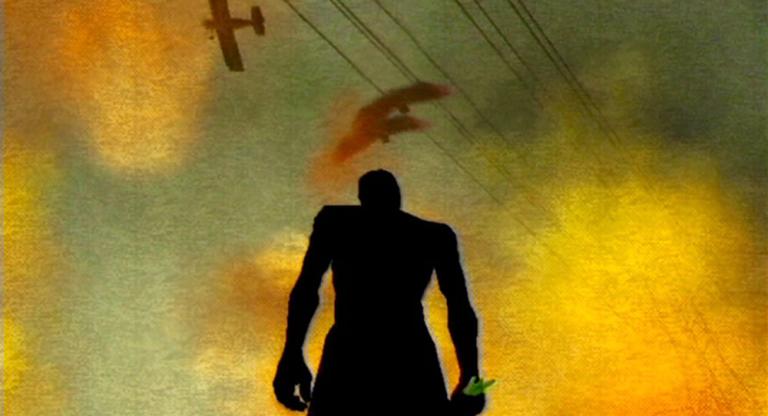In Caroline Poggi and Jonathan Vinel’s feature debut Jessica Forever (2018), video games make a brief appearance as an auxiliary tool to commune with the dead. The world of Jessica Forever, a science-fiction version of France dominated by evil drones that seek out orphans to kill, recalls the many young adult dystopias that dominated cinemas through the 2010s (The Hunger Games, Divergent, Maze Runner). With Jessica Forever, the directing duo succeeded in appropriating the kitsch of these films to draw out something resembling avant-garde film. Their disregard for plot mechanics in favor of atmosphere announces itself throughout their film—an experimental spiritualism that plays off Apichatpong Weerasethakul and Paul W.S. Anderson in equal measure. In their sophomore film, Eat the Night (2024), the pair abandon the conventions of 2010s science-fiction films for a new escape: the fantasy video game world of Darknoon.
The film’s protagonist, Apolline (Lila Gueneau), introduces the audience to the video game this way: “Darknoon has always been there. I’ve been playing for nearly nine years. My brother got me into it.” The game mechanics are simple. A player explores the open world with their friends and forges alliances to expand their territory and cache. What the game represents to Apolline and her brother Pablo (Théo Cholbi) is even more obvious: it is the glue that has connected them. But a message appears on Apolline’s monitor one day warning her that Darknoon will be shut down at midnight on the winter solstice. Pablo’s interest in preserving his virtual life begins to wane when he meets a new lover in Night (Erwan Kepoa Falé) shortly thereafter. As the countdown to the solstice begins, the trio must negotiate the degree to which Darknoon’s fate will be intertwined with their own.
Throughout Eat the Night, the separation of flesh and pixel become distorted by their proximity, much like the relations of the triangle. The only thing that remains true through the entire film is the beauty of the digital world. This is where Poggi and Vinel’s experimental instincts come to play, with the Darknoon scenes being the undeniable draw of their film. As Poggi and Vinel survey the landscapes, pastoral beauty, and sensuality of their video game world, it’s easy to see how the duo sought to expand on Phil Solomon’s Grand Theft Auto films. (Vinel shot his 2017 short film Martin Cries in GTA.) Though the crime thriller laced into the plot of Eat the Night is compelling, the filmmakers show much more concern in rendering the virtual world of their film over its real-world counterpart, as evidenced by their creation of an entire RPG specifically for the film.
Poggi and Vinel are interested in the barriers between the digital world and the physical world, and how to reconcile the private and public self. There is an explicitness to Pablo and Night’s sexuality that makes them targets to other criminal elements of the town—not for the fact that they’re gay, but for the fact that they’re in love. This explicitness also stresses Apolline and Pablo’s relationship. As Apolline comes to terms with her own sense of loss with the game, she loses her brother to the outside world. When Pablo is eventually dispatched from her life, it is the job of Night to see through her companionship to the end of Darknoon. With Darknoon’s destruction imminent, the threads of the romance, crime thriller, and video game world come to a head, and the world disappears from under all of the characters’ feet, sending their bodies flying from the sky into a gray mass where one form is indistinguishable from the next.
Eat the Night screens this evening, October 25, at the Museum of the Moving Image as part of “Director’s Fortnight Extended.”





